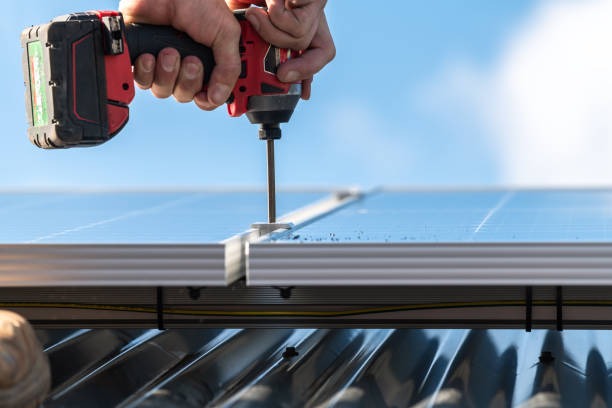
Solar energy has emerged as one of the most sustainable and cost-effective solutions for powering homes while reducing environmental impact. Installing a solar system at home is not just an eco-friendly choice, but also a long-term investment that can significantly lower electricity bills. However, navigating the process of solar installation requires careful planning and consideration to ensure you make the most out of your investment.
The first step in setting up a solar power system is assessing your home’s energy needs. Reviewing past electricity bills will help determine your average monthly usage, which serves as a baseline for calculating the size of the North Valley Solar Power system required. Additionally, conducting an energy audit can identify areas where efficiency improvements can be made before installing solar panels.
Next, evaluate your home’s roof structure and orientation. The ideal setup involves south-facing roofs with minimal shading from trees or nearby structures to maximize sunlight exposure throughout the day. Roofs should also be sturdy enough to support the weight of solar panels over their lifespan, which typically ranges between 25 to 30 years. If your roof isn’t suitable for panel installation, ground-mounted systems may serve as an alternative.
Once you’ve assessed feasibility, research reputable local installers who specialize in residential solar projects. It’s essential to choose certified professionals with experience and positive customer reviews to ensure quality workmanship. During consultations with potential installers, request detailed quotes that include equipment costs, labor charges, warranties on components like inverters and panels, and timelines for project completion.
Financing options are another critical aspect of going solar. Homeowners have several choices such as outright purchase, loans tailored for renewable energy projects, or leasing agreements where you pay monthly fees without owning the system outright. Many governments also offer tax incentives or rebates that can offset upfront costs—be sure to explore these opportunities during financial planning.
After finalizing contracts with an installer and securing financing arrangements if needed, it’s time for permitting and installation processes to begin officially. Installers will handle obtaining necessary permits based on local regulations before mounting panels onto your property alongside connecting them seamlessly into existing electrical infrastructure using advanced technology like microinverters or optimizers designed specifically toward maximizing efficiency levels under varying conditions prevalent outdoors daily year-round alike!
Finally enjoy savings generated!
North Valley Solar Power
720 Olive Dr d1 b, Davis, CA 95616
530-564-3260






